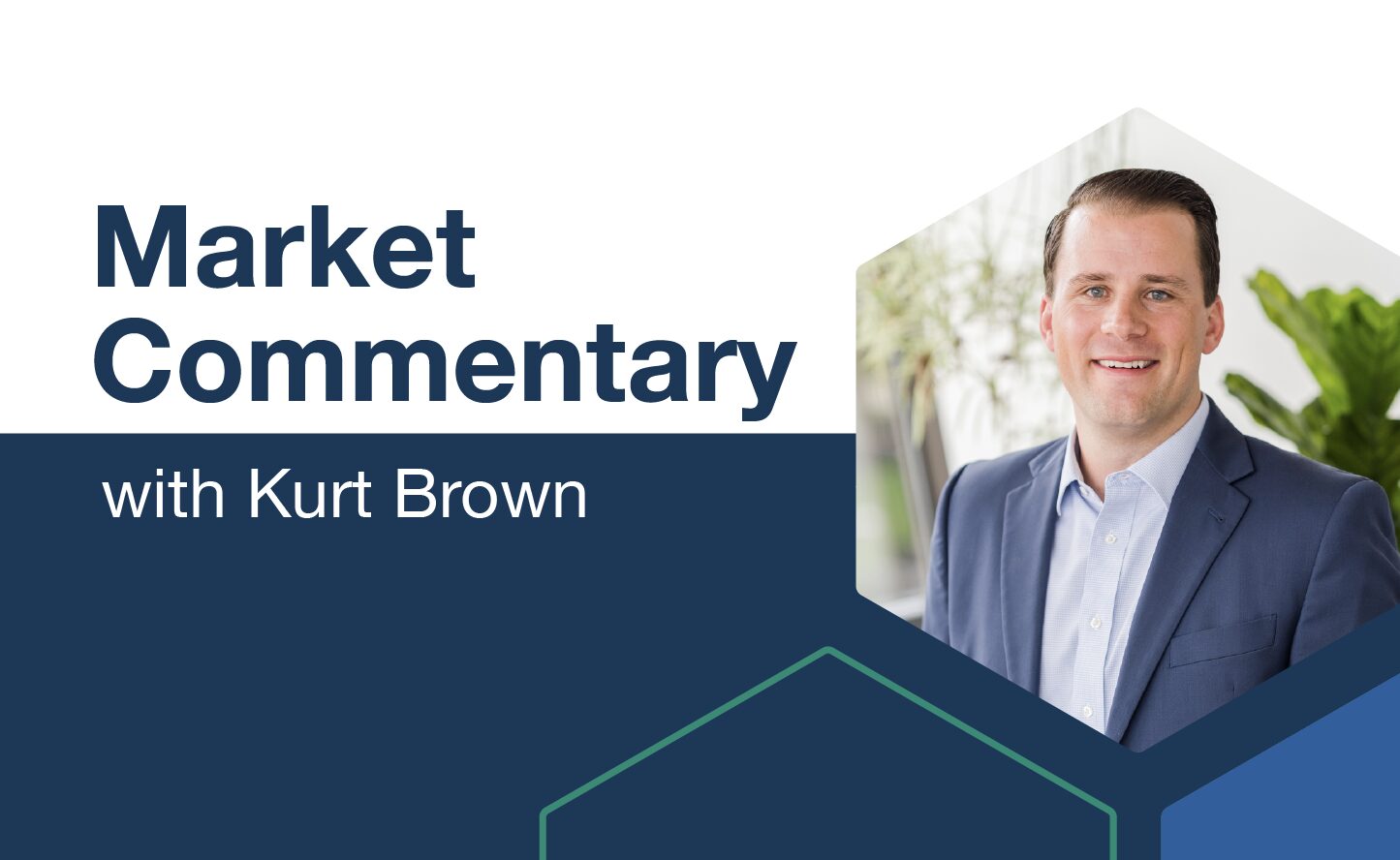October 2016 Financial Markets Summary
Why have interest rates been so low?
Despite predictions to the contrary, the third quarter ended with virtually all market sectors in positive territory. Emerging market stocks have out-performed domestic and developed international stocks in a big way this year. Although there are always potential downsides, Guild Investment Management notes “emerging market valuations are attractive, below the average of their long-term history. They may be at the beginning of a longer-term trend.” Anticipating the Fed will raise interest rates, investors backed off on bonds, especially long-term bonds, in the last quarter. PDS agrees that keeping maturities and durations in the short-to-intermediate range is a prudent strategy.
A recent report from Ned Davis Research notes:
“When compared to all post World War II recoveries, it’s clear this expansion is the weakest on record.”
Indeed, the lack of meaningful growth is a concern. The World Trade Organization this week cut 2016’s world trade growth forecast to 1.7%, the first time in 15 years that global trade will have grown at a slower pace than the global economy. This weak growth is one of the primary reasons why the Federal Reserve has been hesitant to raise rates over the last two years. While consumer confidence is surprisingly high, personal income has barely recovered to December, 2007’s peak. Households haven’t had a gain in purchasing power for nearly 8 years.
How will the election affect the markets?
Donald Trump and Hillary Clinton both “promise” to have comprehensive plans to help stimulate this growth, but time will tell if these just turn out to be broken promises again. The swing states have been bombarded with the negative political ads suggesting that if the opposite candidate is elected the world would come to an end. If history is any indication, we would expect to see an increase in volatility as the election approaches. We urge clients to not make an emotional decision with their portfolios and to maintain their global diversification through this volatility.
If the last couple of weeks in September are any indication, daily market volatility is picking up. 2016 has shown us that diversification during volatile times is most often a calming influence on portfolios. Just as emerging market stocks have more than doubled the gains of the S&P 500 year to-date, domestic mid and small-cap stocks are also having a very strong year. We remind investors that, despite domestic bonds’ rather boring results this year, they have much less downside risk than stocks when markets get dicey. As we noted last month, all investors would love to have great returns with no risk. Unfortunately that is not possible. There is risk in everything. Be sure your portfolio’s allocation matches your goals, your cash flow needs, and gives you some measure of assurance. And remember that Today’s headlines and tomorrow’s reality are seldom the same.
| Asset Index Category | Category | Category | Category | 10-Year |
| 3 Months | 2016 YTD | 2015 | Average | |
| Dow Jones Industrials – Large Cos | 2.1% | 5.1% | -2.2% | 4.6% |
| S&P 500 Index – Large Companies | 3.3% | 6.1% | -0.7% | 5.0% |
| S&P 400 Index – Mid-Size Companies | 3.7% | 11.0% | -3.7% | 7.5% |
| Russell 2000 Index – Small Companies | 8.7% | 10.2% | -5.7% | 5.6% |
| MSCI EAFE Index – Developed Intl. | 6.4% | 1.7% | -3.3% | 1.8% |
| MSCI EM Index – Emerging Markets | 9.3% | 16.0% | -14.9% | 3.9% |
| Short-Term Corporate Bonds | 0.5% | 2.5% | 0.2% | 2.8% |
| Multi-Sector Bonds | 0.4% | 5.8% | -2.1% | 4.8% |
| International Government Bonds | 0.6% | 14.2% | -3.9% | 4.0% |
| Bloomberg Commodity Index | -3.9% | 8.9% | -24.6% | -5.3% |
| Dow Jones U.S. Real Estate | 1.1% | 11.1% | 2.1% | 5.2% |
Please remember that past performance may not be indicative of future results. Different types of investments involve varying degrees of risk, and there can be no assurance that any specific investment, strategy, or product or any non-investment related content, made reference to directly or indirectly in this newsletter, will be suitable for your individual situation, or prove successful. This material is distributed by PDS Planning, Inc. and is for information purposes only. Although information has been obtained from and is based upon sources PDS Planning believes to be reliable, we do not guarantee its accuracy. It is provided with the understanding that no fiduciary relationship exists because of this report. Opinions expressed in this report are not necessarily the opinions of PDS Planning and are subject to change without notice. PDS Planning assumes no liability for the interpretation or use of this report. Consultation with a qualified investment advisor is recommended prior to executing any investment strategy. No portion of this publication should be construed as legal or accounting advice. If you are a client of PDS Planning, please remember to contact PDS Planning, Inc., in writing, if there are any changes in your personal/financial situation or investment objectives. All rights reserved.



